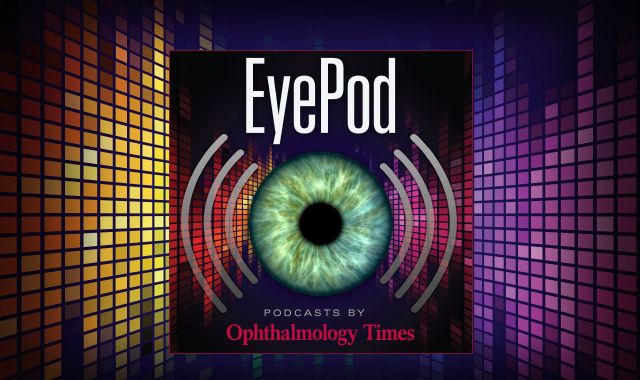Publication
Article
Payment points: The ASC perspective
Author(s):
Transparent pricing in elective surgeries is crucial.
(Image Credit: AdobeStock/Kiattisak)

In health care, often times a patient will not know the true full cost of a service before they receive care. This is especially true when it comes to procedures that are covered by insurance. This uncertainty is understandably very concerning for patients; however, with elective surgery, there is an opportunity for pricing to be much clearer.
When it comes to elective ophthalmology procedures like lens-based refractive surgery and other corneal and implant-based refractive surgeries, providers have their own fee schedule. They should be communicating to patients these fees and their components, allowing patients to make fully informed decisions—taking cost into account. In lens-based refractive surgery, this would comprise at least two separate fees, the surgeon component and the facility component. In many cases, there is a separate co-management fee and other services, like anesthesia, may be separate components under the overarching cost.
Challenges
The challenge becomes the need for surgeons and their staff to properly educate the patient on the total out-of-pocket cost and properly communicate that cost to the patient in a way to allow the patients to make a fully informed decision prior to surgery.
Logistically and operationally, then, there is a matter of how the fee is collected. Some offices choose to have patients make multiple payments, at the surgeon’s office, the ambulatory surgery center (ASC), and at the co-managing optometrist’s office. The problem with that workflow is that it requires a significant amount of time educating patients ahead of time, so that they are properly prepared to make separate payments and, furthermore, understand the reasoning behind each payment.
Despite best efforts, it is not uncommon for providers to encounter patients who state that they were not properly educated on the total cost of the procedure and therefore are not prepared to make a payment at the time of surgery.
Patients may understandably feel that they were not accurately informed and become upset. If this happens at our facilities, our staff is then put in the position of having to educate the patient and, in some cases, we may be forced to make a decision to cancel the procedure.
Workflow
Arguably, the easiest workflow for a surgical procedure such as cataract surgery is to require the patient to only pay for known costs once, at a single point in time. Internally for the provider, this would require that they have a system in place that gives them a way to commit to a single payment “moment” for the patient, as well as a way of facilitating separate charges by each party involved in the procedure.
We have found that CoFi is such a system. The software allows participating ophthalmologists to give patients one bill broken down by the various components that requires only a single payment event. CoFi removes a major pain point for our facility, but more importantly, it provides a much easier and simpler payment experience for patients.
Austin F. Cheng, Esq is CEO at Gramercy Surgery Center in New York City.
Newsletter
Don’t miss out—get Ophthalmology Times updates on the latest clinical advancements and expert interviews, straight to your inbox.





